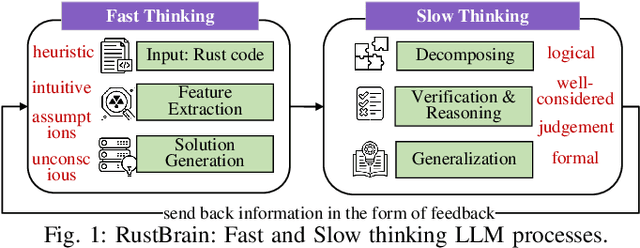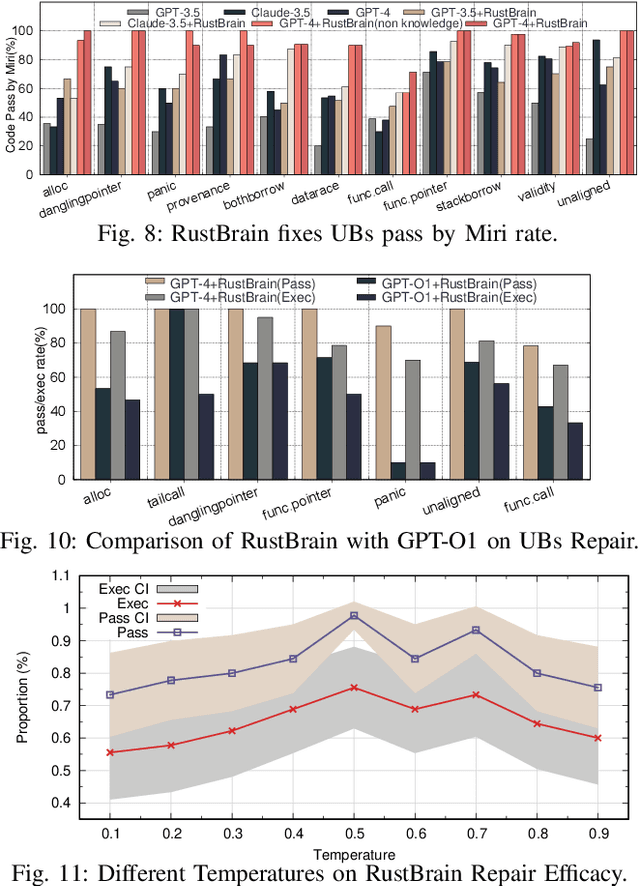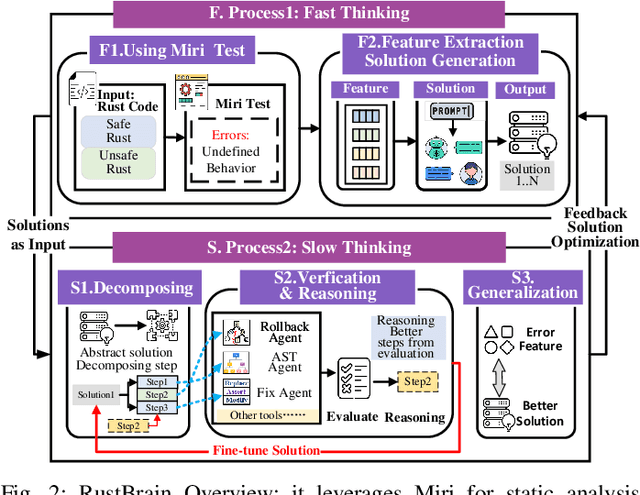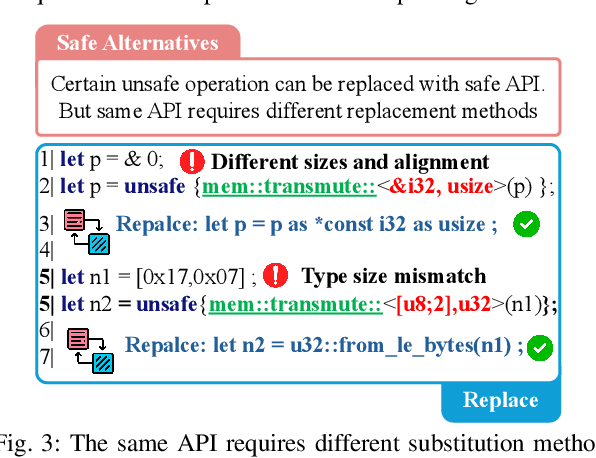Yu Shi
Non-Contrast CT Esophageal Varices Grading through Clinical Prior-Enhanced Multi-Organ Analysis
Dec 22, 2025Abstract:Esophageal varices (EV) represent a critical complication of portal hypertension, affecting approximately 60% of cirrhosis patients with a significant bleeding risk of ~30%. While traditionally diagnosed through invasive endoscopy, non-contrast computed tomography (NCCT) presents a potential non-invasive alternative that has yet to be fully utilized in clinical practice. We present Multi-Organ-COhesion Network++ (MOON++), a novel multimodal framework that enhances EV assessment through comprehensive analysis of NCCT scans. Inspired by clinical evidence correlating organ volumetric relationships with liver disease severity, MOON++ synthesizes imaging characteristics of the esophagus, liver, and spleen through multimodal learning. We evaluated our approach using 1,631 patients, those with endoscopically confirmed EV were classified into four severity grades. Validation in 239 patient cases and independent testing in 289 cases demonstrate superior performance compared to conventional single organ methods, achieving an AUC of 0.894 versus 0.803 for the severe grade EV classification (G3 versus <G3) and 0.921 versus 0.793 for the differentiation of moderate to severe grades (>=G2 versus <G2). We conducted a reader study involving experienced radiologists to further validate the performance of MOON++. To our knowledge, MOON++ represents the first comprehensive multi-organ NCCT analysis framework incorporating clinical knowledge priors for EV assessment, potentially offering a promising non-invasive diagnostic alternative.
RePainter: Empowering E-commerce Object Removal via Spatial-matting Reinforcement Learning
Oct 09, 2025Abstract:In web data, product images are central to boosting user engagement and advertising efficacy on e-commerce platforms, yet the intrusive elements such as watermarks and promotional text remain major obstacles to delivering clear and appealing product visuals. Although diffusion-based inpainting methods have advanced, they still face challenges in commercial settings due to unreliable object removal and limited domain-specific adaptation. To tackle these challenges, we propose Repainter, a reinforcement learning framework that integrates spatial-matting trajectory refinement with Group Relative Policy Optimization (GRPO). Our approach modulates attention mechanisms to emphasize background context, generating higher-reward samples and reducing unwanted object insertion. We also introduce a composite reward mechanism that balances global, local, and semantic constraints, effectively reducing visual artifacts and reward hacking. Additionally, we contribute EcomPaint-100K, a high-quality, large-scale e-commerce inpainting dataset, and a standardized benchmark EcomPaint-Bench for fair evaluation. Extensive experiments demonstrate that Repainter significantly outperforms state-of-the-art methods, especially in challenging scenes with intricate compositions. We will release our code and weights upon acceptance.
Lightweight Prompt Biasing for Contextualized End-to-End ASR Systems
Jun 06, 2025Abstract:End-to-End Automatic Speech Recognition (ASR) has advanced significantly yet still struggles with rare and domain-specific entities. This paper introduces a simple yet efficient prompt-based biasing technique for contextualized ASR, enhancing recognition accuracy by leverage a unified multitask learning framework. The approach comprises two key components: a prompt biasing model which is trained to determine when to focus on entities in prompt, and a entity filtering mechanism which efficiently filters out irrelevant entities. Our method significantly enhances ASR accuracy on entities, achieving a relative 30.7% and 18.0% reduction in Entity Word Error Rate compared to the baseline model with shallow fusion on in-house domain dataset with small and large entity lists, respectively. The primary advantage of this method lies in its efficiency and simplicity without any structure change, making it lightweight and highly efficient.
ResPF: Residual Poisson Flow for Efficient and Physically Consistent Sparse-View CT Reconstruction
Jun 06, 2025Abstract:Sparse-view computed tomography (CT) is a practical solution to reduce radiation dose, but the resulting ill-posed inverse problem poses significant challenges for accurate image reconstruction. Although deep learning and diffusion-based methods have shown promising results, they often lack physical interpretability or suffer from high computational costs due to iterative sampling starting from random noise. Recent advances in generative modeling, particularly Poisson Flow Generative Models (PFGM), enable high-fidelity image synthesis by modeling the full data distribution. In this work, we propose Residual Poisson Flow (ResPF) Generative Models for efficient and accurate sparse-view CT reconstruction. Based on PFGM++, ResPF integrates conditional guidance from sparse measurements and employs a hijacking strategy to significantly reduce sampling cost by skipping redundant initial steps. However, skipping early stages can degrade reconstruction quality and introduce unrealistic structures. To address this, we embed a data-consistency into each iteration, ensuring fidelity to sparse-view measurements. Yet, PFGM sampling relies on a fixed ordinary differential equation (ODE) trajectory induced by electrostatic fields, which can be disrupted by step-wise data consistency, resulting in unstable or degraded reconstructions. Inspired by ResNet, we introduce a residual fusion module to linearly combine generative outputs with data-consistent reconstructions, effectively preserving trajectory continuity. To the best of our knowledge, this is the first application of Poisson flow models to sparse-view CT. Extensive experiments on synthetic and clinical datasets demonstrate that ResPF achieves superior reconstruction quality, faster inference, and stronger robustness compared to state-of-the-art iterative, learning-based, and diffusion models.
Navigating the Alpha Jungle: An LLM-Powered MCTS Framework for Formulaic Factor Mining
May 16, 2025Abstract:Alpha factor mining is pivotal in quantitative investment for identifying predictive signals from complex financial data. While traditional formulaic alpha mining relies on human expertise, contemporary automated methods, such as those based on genetic programming or reinforcement learning, often suffer from search inefficiency or yield poorly interpretable alpha factors. This paper introduces a novel framework that integrates Large Language Models (LLMs) with Monte Carlo Tree Search (MCTS) to overcome these limitations. Our approach leverages the LLM's instruction-following and reasoning capability to iteratively generate and refine symbolic alpha formulas within an MCTS-driven exploration. A key innovation is the guidance of MCTS exploration by rich, quantitative feedback from financial backtesting of each candidate factor, enabling efficient navigation of the vast search space. Furthermore, a frequent subtree avoidance mechanism is introduced to bolster search efficiency and alpha factor performance. Experimental results on real-world stock market data demonstrate that our LLM-based framework outperforms existing methods by mining alphas with superior predictive accuracy, trading performance, and improved interpretability, while offering a more efficient solution for formulaic alpha mining.
Unlocking a New Rust Programming Experience: Fast and Slow Thinking with LLMs to Conquer Undefined Behaviors
Mar 04, 2025



Abstract:To provide flexibility and low-level interaction capabilities, the unsafe tag in Rust is essential in many projects, but undermines memory safety and introduces Undefined Behaviors (UBs) that reduce safety. Eliminating these UBs requires a deep understanding of Rust's safety rules and strong typing. Traditional methods require depth analysis of code, which is laborious and depends on knowledge design. The powerful semantic understanding capabilities of LLM offer new opportunities to solve this problem. Although existing large model debugging frameworks excel in semantic tasks, limited by fixed processes and lack adaptive and dynamic adjustment capabilities. Inspired by the dual process theory of decision-making (Fast and Slow Thinking), we present a LLM-based framework called RustBrain that automatically and flexibly minimizes UBs in Rust projects. Fast thinking extracts features to generate solutions, while slow thinking decomposes, verifies, and generalizes them abstractly. To apply verification and generalization results to solution generation, enabling dynamic adjustments and precise outputs, RustBrain integrates two thinking through a feedback mechanism. Experimental results on Miri dataset show a 94.3% pass rate and 80.4% execution rate, improving flexibility and Rust projects safety.
NatureLM: Deciphering the Language of Nature for Scientific Discovery
Feb 11, 2025



Abstract:Foundation models have revolutionized natural language processing and artificial intelligence, significantly enhancing how machines comprehend and generate human languages. Inspired by the success of these foundation models, researchers have developed foundation models for individual scientific domains, including small molecules, materials, proteins, DNA, and RNA. However, these models are typically trained in isolation, lacking the ability to integrate across different scientific domains. Recognizing that entities within these domains can all be represented as sequences, which together form the "language of nature", we introduce Nature Language Model (briefly, NatureLM), a sequence-based science foundation model designed for scientific discovery. Pre-trained with data from multiple scientific domains, NatureLM offers a unified, versatile model that enables various applications including: (i) generating and optimizing small molecules, proteins, RNA, and materials using text instructions; (ii) cross-domain generation/design, such as protein-to-molecule and protein-to-RNA generation; and (iii) achieving state-of-the-art performance in tasks like SMILES-to-IUPAC translation and retrosynthesis on USPTO-50k. NatureLM offers a promising generalist approach for various scientific tasks, including drug discovery (hit generation/optimization, ADMET optimization, synthesis), novel material design, and the development of therapeutic proteins or nucleotides. We have developed NatureLM models in different sizes (1 billion, 8 billion, and 46.7 billion parameters) and observed a clear improvement in performance as the model size increases.
\underline{E2}Former: A Linear-time \underline{E}fficient and \underline{E}quivariant Trans\underline{former} for Scalable Molecular Modeling
Jan 31, 2025



Abstract:Equivariant Graph Neural Networks (EGNNs) have demonstrated significant success in modeling microscale systems, including those in chemistry, biology and materials science. However, EGNNs face substantial computational challenges due to the high cost of constructing edge features via spherical tensor products, making them impractical for large-scale systems. To address this limitation, we introduce E2Former, an equivariant and efficient transformer architecture that incorporates the Wigner $6j$ convolution (Wigner $6j$ Conv). By shifting the computational burden from edges to nodes, the Wigner $6j$ Conv reduces the complexity from $O(|\mathcal{E}|)$ to $ O(| \mathcal{V}|)$ while preserving both the model's expressive power and rotational equivariance. We show that this approach achieves a 7x-30x speedup compared to conventional $\mathrm{SO}(3)$ convolutions. Furthermore, our empirical results demonstrate that the derived E2Former mitigates the computational challenges of existing approaches without compromising the ability to capture detailed geometric information. This development could suggest a promising direction for scalable and efficient molecular modeling.
Entanglement-Assisted Coding for Arbitrary Linear Computations Over a Quantum MAC
Jan 27, 2025Abstract:We study a linear computation problem over a quantum multiple access channel (LC-QMAC), where $S$ servers share an entangled state and separately store classical data streams $W_1,\cdots, W_S$ over a finite field $\mathbb{F}_d$. A user aims to compute $K$ linear combinations of these data streams, represented as $Y = \mathbf{V}_1 W_1 + \mathbf{V}_2 W_2 + \cdots + \mathbf{V}_S W_S \in \mathbb{F}_d^{K \times 1}$. To this end, each server encodes its classical information into its local quantum subsystem and transmits it to the user, who retrieves the desired computations via quantum measurements. In this work, we propose an achievable scheme for LC-QMAC based on the stabilizer formalism and the ideas from entanglement-assisted quantum error-correcting codes (EAQECC). Specifically, given any linear computation matrix, we construct a self-orthogonal matrix that can be implemented using the stabilizer formalism. Also, we apply precoding matrices to minimize the number of auxiliary qudits required. Our scheme achieves more computations per qudit, i.e., a higher computation rate, compared to the best-known methods in the literature, and attains the capacity in certain cases.
Mixture of Experts for Node Classification
Nov 30, 2024Abstract:Nodes in the real-world graphs exhibit diverse patterns in numerous aspects, such as degree and homophily. However, most existent node predictors fail to capture a wide range of node patterns or to make predictions based on distinct node patterns, resulting in unsatisfactory classification performance. In this paper, we reveal that different node predictors are good at handling nodes with specific patterns and only apply one node predictor uniformly could lead to suboptimal result. To mitigate this gap, we propose a mixture of experts framework, MoE-NP, for node classification. Specifically, MoE-NP combines a mixture of node predictors and strategically selects models based on node patterns. Experimental results from a range of real-world datasets demonstrate significant performance improvements from MoE-NP.
 Add to Chrome
Add to Chrome Add to Firefox
Add to Firefox Add to Edge
Add to Edge